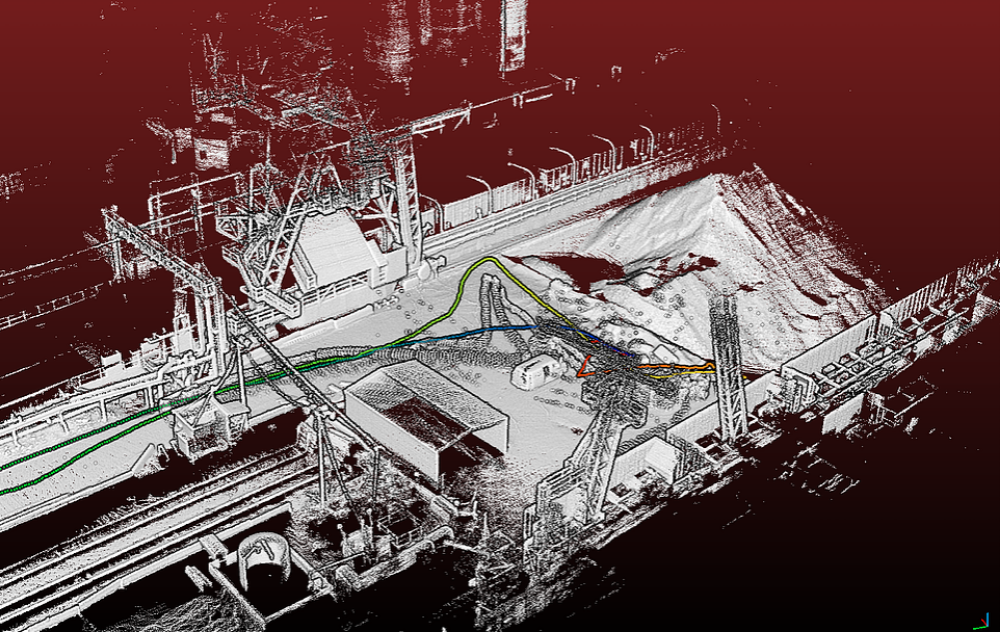NASA has awarded Near Earth Autonomy (Near Earth) an SBIR Phase II Contract to Enable Aerial Close-Proximity and Contact Sensing for Inspection of Industrial Infrastructure.
Much of our national infrastructure, private and public, needs inspection and repair. Underserved markets with a well-defined need for these inspection tools include transportation infrastructure, energy, heavy industry, mining, and aerospace. Effective inspection, especially structural non-destructive testing, is a key part of planning repairs and avoiding mishaps, and better tools are needed to catch potential failure.
Current methods for non-destructive testing at heights require scaffolding, boom lifts, or rope lines, taking critical assets out of use, and putting inspection personnel at risk. Drones typically used for visual inspection at safe standoff distances, can’t be used because non-destructive testing requires contact to measure coating and material thickness or to detect deposits on the inside of tanks and ducts.
This is a difficult task because drones can become unstable when in contact with a surface. Near Earth Autonomy and Carnegie Mellon University’s AIR Lab received NASA support to demonstrate a proof of principle system to advance industrial aerial inspection with close-proximity imaging and contact sensing.
Near Earth is developing a small Unmanned Aerial System (sUAS) that can provide contact measurements and macro-imagery that inspectors can use for evaluation and recommendation of further actions. These aerial inspection technologies will enable safer and quicker inspection of large, complex structures, producing fused data sets for analysis. Underserved markets with a well-defined need for these inspection tools include transportation infrastructure, energy, heavy industry, mining, and aerospace.
Near Earth’s CEO, Dr. Sanjiv Singh, Ph.D. explains,
“Our value proposition is to improve safety, accuracy, and efficiency in industrial and aerospace infrastructure inspection with sUAS-based close-proximity imaging and contact sensing. Our partnership with Carnegie Mellon University and deep relationships with industrial leaders make us uniquely positioned to bring world-class contact sensing drone systems to the inspection market. We expect this newly created market to surpass $4 billion by 2022. We are excited to collaborate with these innovators on pilot projects to save lives and radically increase up-time as we refine the technology for broad commercialization.”
Source: Press Release


